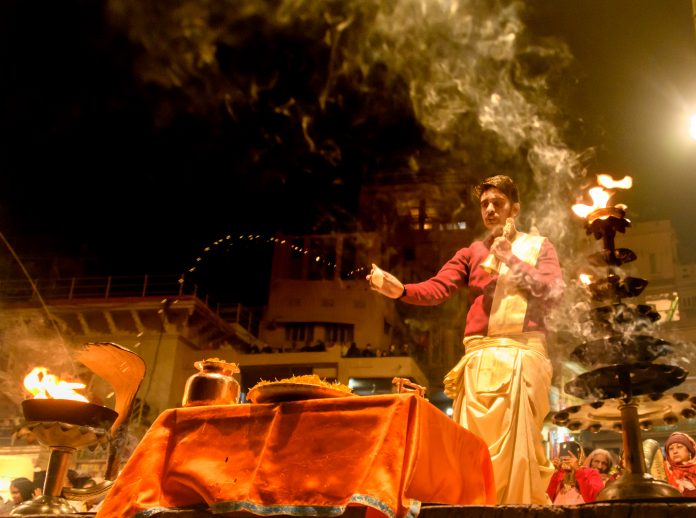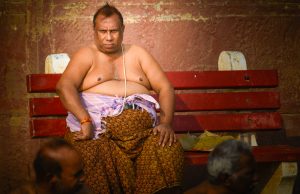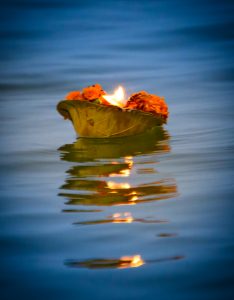Banaras or Varanasi is not merely a city – it is an emotion, a timeless journey, and a sacred portal where life, death and spirituality merge. In the Mahabharat and in ancient India, the city is referred to as Kashi which means “to Shine” making Varanasi known as “City of Light”, the “luminous city as an eminent seat of learning”. Nestled along the banks of the sacred Ganga, this city is a tapestry of faith, culture and history. Banaras has been a destination where people come not only to live but also to die, believing that departing this world here ensures liberation from the cycle of birth and death. Banaras welcomes you with open arms, offering itself as a sanctuary for seekers and wanderers. Here, I found myself enveloped in its many layers, its meandering ways and its complex simplicity.
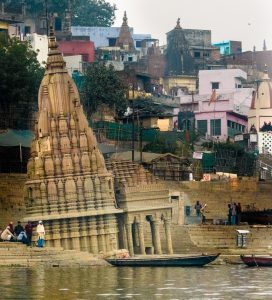
The Flow of the Ganga: Life’s Eternal Witness.
The Ganga flows gently yet powerfully through Banaras, embodying both spiritual purity and life-giving sustenance. Her waters are revered and every moment along her Ghats reveal stories of faith. Early mornings see devotees performing ablutions, chanting mantras, offering prayers and going about their daily routine.
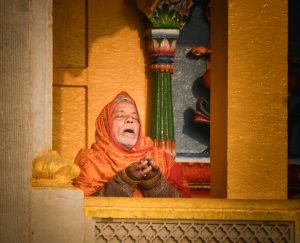 |
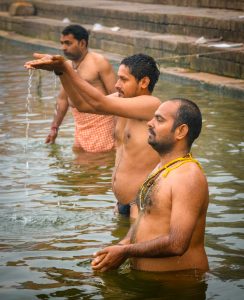 |
|
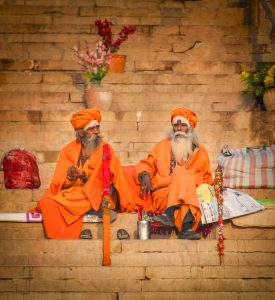 |
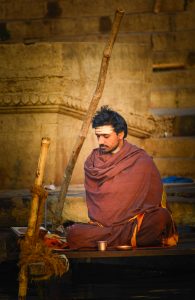 |
|
| Morning ablutions and prayers being offered along the Ghats | ||
 
Morning routines on the banks of the river |
|
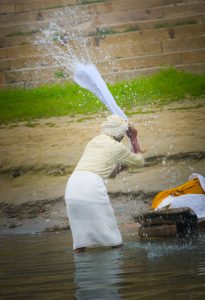 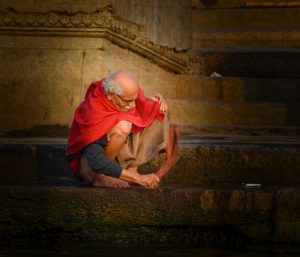 |
|
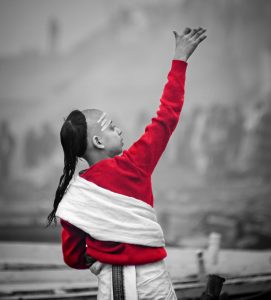
|
Evenings are lit up by the resplendent Ganga Aarti which is performed at Dashashwamedh Ghat. The Aarti, a ritual to dispel darkness is more than 2000 years old. The synchronised movements of priests, the fragrance of incense and the reflection of flickering lamps on the river created an unforgettable spiritual spectacle for me as also for thousands of other believers.
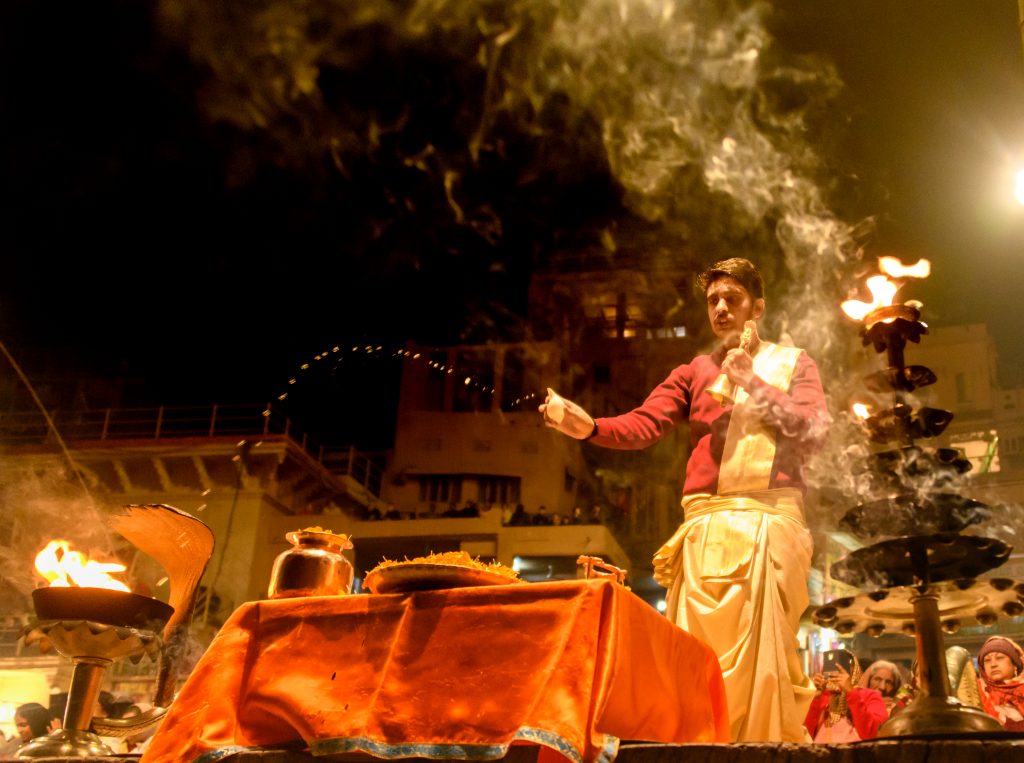 |
|
 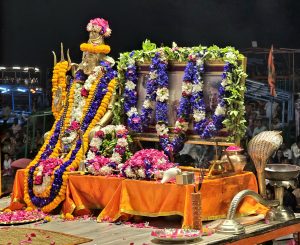 |
|
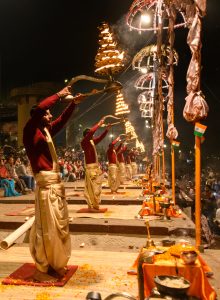
|
Besides doing the normal activities in Banaras, I had an opportunity of joining a musical Cruise on the Ganga. Organised by “Kinare Dariya”, it was an extraordinary experience – a perfect blend of spirituality, heritage and the magic of Indian Classical music. As the boat, gently glides down the river, maestros perform soul-stirring music, blending classical ragas with the rhythm of the flowing waters. The journey began on an enchanting note with a rendering of the Samaveda, the ancient Veda of melodies and chants, from which the roots of Indian music emerge. This was followed by a sublime performance by Pandit Sanjeev Abhyankar of the Mewati Gharana, whose mellifluous voice filled the night with divine energy.
 |
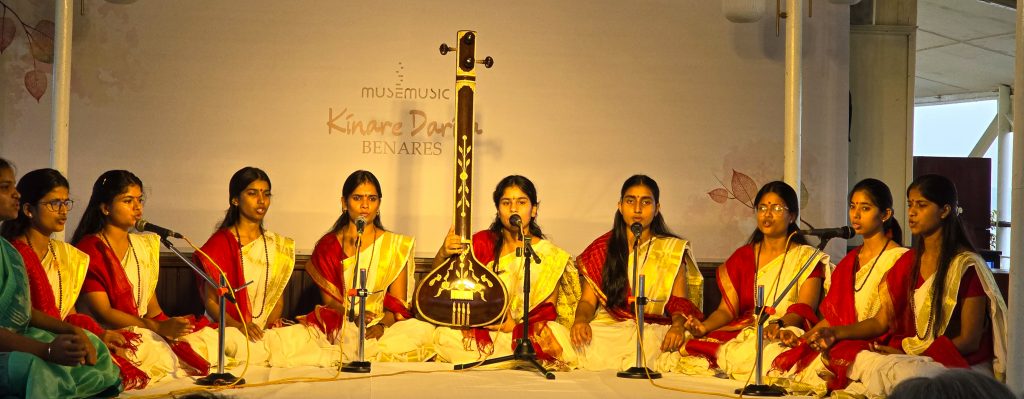 |
The cruise also offered an inspiring visit to the historic home of Goswami Tulsidas, built over 400 years ago by Emperor Akbar. It is here where he lived and finished the immortal Sri Ramcharitmanas and started the world-famous Ram Leela.
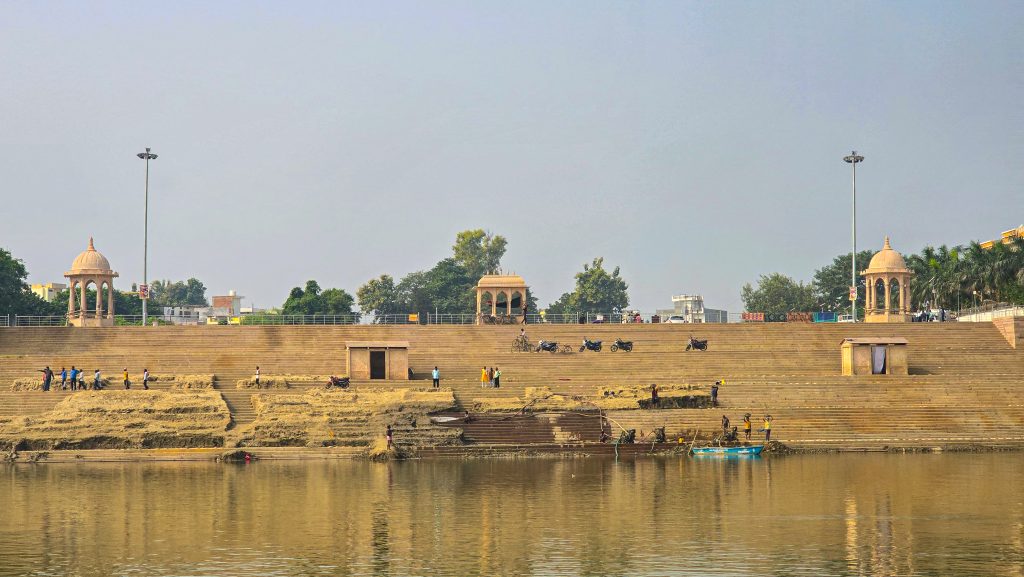 |
In this sacred space, Pandit Sajan Mishra accompanied by his son Swaransh Mishra, mesmerised the audience with a soul – stirring rendition of the Sundar Kand, evoking deep devotion and reverence.
 |
Another highlight was the evening at Rangili Bahu Ka Mahal, where the theme celebrated the art and culture of courtesans of yore. Renowned Sufi Kathak dancer Manjari Chaturvedi captivated everyone with her graceful performance.
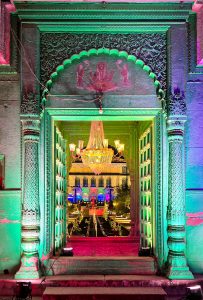 |
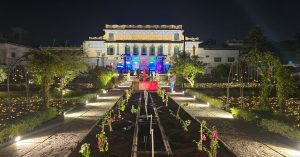 |
On another evening young ghazal and sufi singer Pooja Gaitonde enthralled us with her soulful voice.
The pinnacle of the cruise was the privilege of listening to the legendary sitar maestro Ustad Shujaat Khan – twice. Once, his mesmerising strings filled the evening air and the next time his music accompanied the serene morning. As we gently floated down the Ganga, the rising sun painted the eastern sky in hues of gold, its light dancing on the river’s surface, while the strains of the sitar wove their way into our soul. It was a moment of pure magic – an awakening of the spirit, as the Ganga’s rhythms blended seamlessly with the music.
The soul of Banaras also lies in its narrow by-lanes, where tradition thrives in the hands of its masterful weavers. Walking through these narrow alleys, I was drawn to the rhythmic clanking of looms. Thread by thread, we witnessed the creation of the famed Banarasi sarees, each weave a masterpiece of colour, texture and legacy. These artisans, carrying forward centuries-old traditions, transform silk into works of art. As I watched with awe a thought came to my mind – with Indian ladies veering away from dressing in sarees, we have to make sure this art does not die.

|
 |
No experience of Banaras is complete without its vibrant flavours.
Our visit to the historic Chunar Fort was also very interesting. Built in 1029 by King Sahadeo, this ancient structure stands as a testament to centuries of rich history and craftsmanship. Constructed from the famed Chunar sandstone, the fort exudes a timeless charm, its weathered walls and intricate designs whispering stories of the past.
Exploring the fort’s ruins felt like stepping back in time. The remnants of its grandeur, coupled with the panoramic views of the surrounding landscape were a sight to behold. From atop the fort, we could see rolling hills, the meandering Ganga River and a serene countryside that seemed untouched by time.
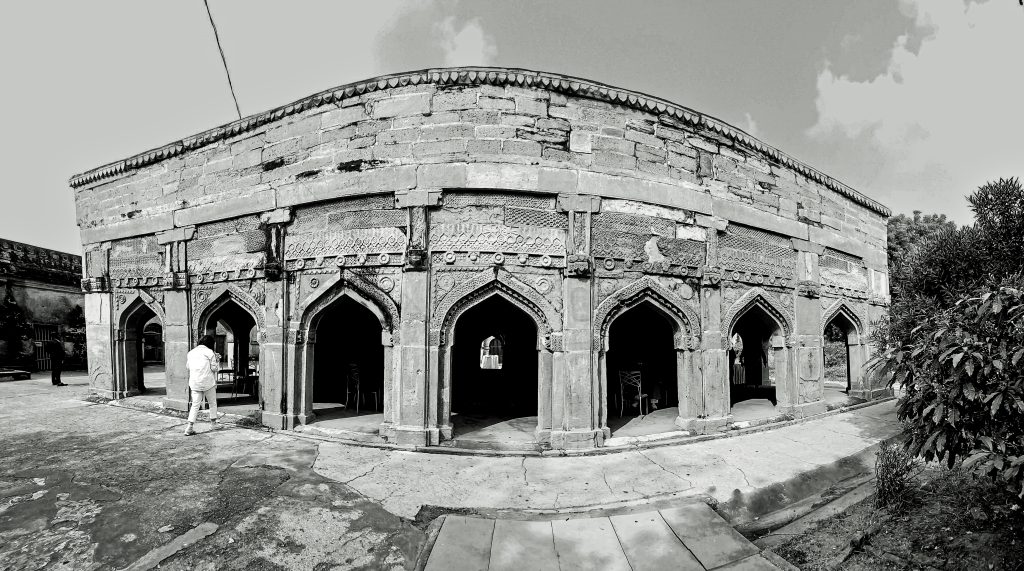
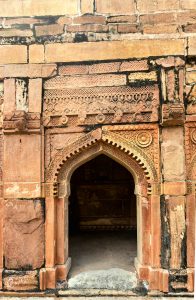 |
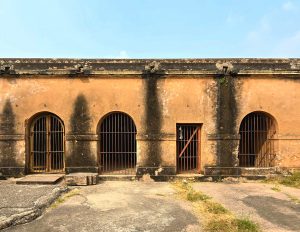 |
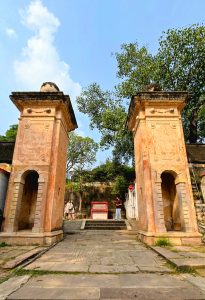 |
After soaking in the history and scenery, we treated ourselves to the city’s famous chaat. The burst of flavours added a delightful culinary touch to our day, making the experience even more memorable. Tangy, spicy and bursting with flavours, it mirrored the vibrant life of the city. Every bite seemed to carry the essence of Banaras – a blend of contrasts that somehow came together in perfect harmony.
 |
Like the Ganga herself, Banaras is a city of many moods. Every moment there, feels suspended between the temporal and the eternal. It is a city where the mundane and the divine coexist in perfect harmony. It holds within its embrace the wisdom of ages and the vitality of the present. Whether it is the serene flow of the river, the soulful music on a boat at dawn, the intricate weaves of its sarees, the belief that death here is the gateway to liberation or the sacred sounds that fill the air, Banaras leaves you transformed.
Different Moods of Banaras
 |
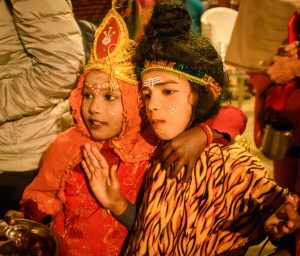 |
 |
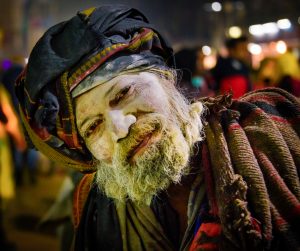
|
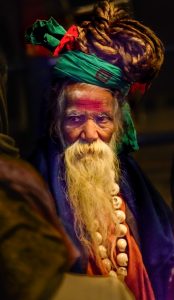 |
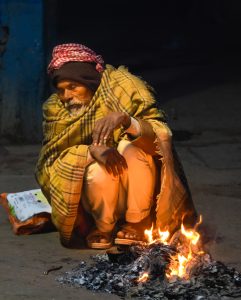 |
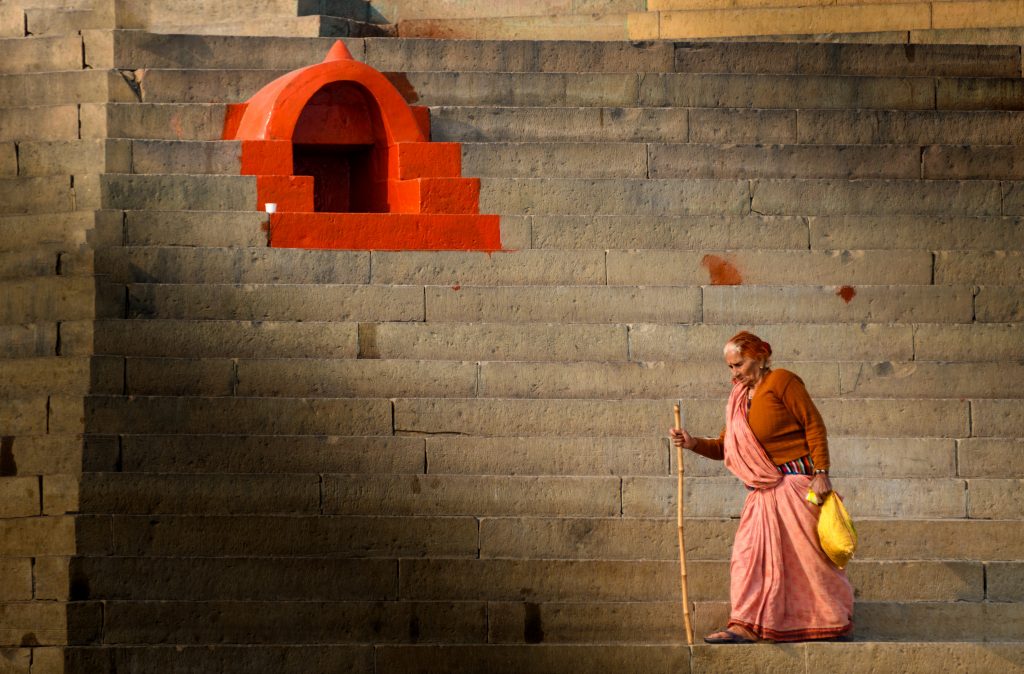 |
Some of the ghats at Banaras
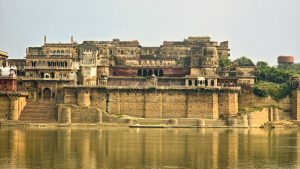 |
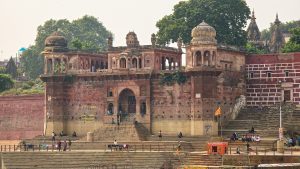 |
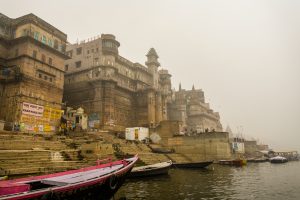 |
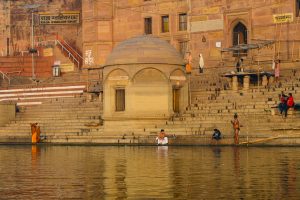 |
It is a city that humbles you, inspires you and stays with you forever. It captivates the soul and lingers in your memory long after the visit. It is not just a place – it is an eternal rhythm, a song of the spirit and a journey into the heart of India.



